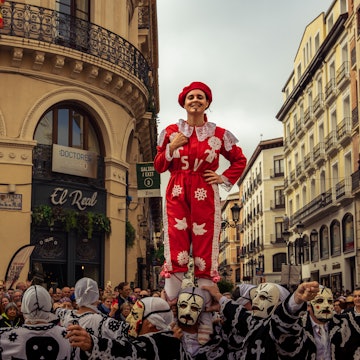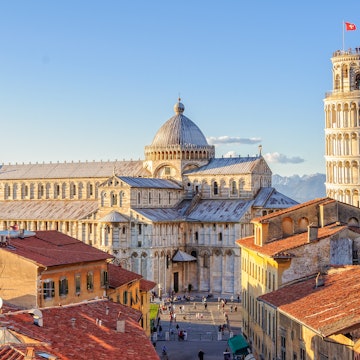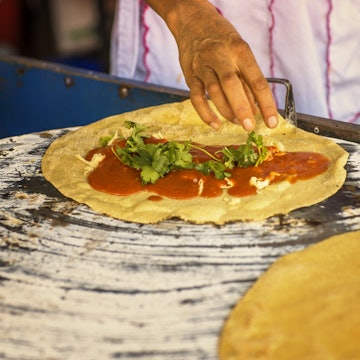

People relaxing on Plaza de Alfonso III in the center of Ciutadella, Menorca. BigDane/Shutterstock
Arrive on the sun-bleached shores of Menorca after a spell on Mallorca or Ibiza and you’ll notice a drop in volume: it's more birdsong than Balearic beats here. This easternmost of Spain's Balearic islands moves to its own mellow rhythm.
The twinset of sea-splashed cities – Anglo-Spanish Maó (Mahón) and the mazelike Ciutadella – are delightfully low-key and unique, and the white-sand bays along its 216km coastline are among the loveliest in the Mediterranean. Menorca’s north coast is rugged and rocky, perforated with small, scenic coves. It’s less developed (and less accessible) than the south. Inland, about 70,000km of dry-stone walls crisscross Menorca's rolling rural pastures, fields and smooth hills between white-washed villages.
In 1993, UNESCO declared Menorca a Biosphere Reserve to preserve its natural areas, such as the Parc Natural S’Albufera des Grau wetlands, and its liberal sprinkling of mysterious Bronze Age sites.

1. Explore the historic squares and buildings of Ciutadella
Ciutadella is an elegant, lively town with a picturesque port, an evocative old quarter lined by grand gold-tinged buildings and waterside walks. Founded by the Carthaginians and known under the Moors as Medina Minurqa, Ciutadella was almost destroyed during the 1558 Turkish invasion. Much of the city was rebuilt in the 17th century, and it became Menorca’s capital until the British arrived in the early 18th century, and it moved to Maó. Today, Ciutadella's historic center is almost completely traffic-free, and as the town is close to many of the island's most alluring sites, it makes an excellent base for exploring Menorca.
There are plenty of historical sights, breezy views and laid-back cafes in the city center. Begin your explorations in the Plaça des Born. This vast plaza is framed by handsome 19th-century buildings, such as neoclassical Palau Torre-Saura and fortresslike Ajuntament (city hall). For the finest view of the port and the town’s remaining bastions, sneak behind the Ajuntament to 14th-century Bastió des Governador.
Two hundred meters east is the Museu Municipal, which provides an excellent insight into the island's history through a small but eye-opening display of Talayotic, Roman and Moorish finds. Two hundred meters to the north, after you pass the baroque early-18th-century Antiga Església del Roser, you'll reach the Catedral de Menorca. It was built in the 14th-century Catalan Gothic style on the site of Medina Minurqa’s central mosque (the bell tower reuses part of the original minaret).
Detour: Browse the smart shops on arcaded, historic Carrer Ses Voltes. Or drop down the hill to the port (Ciutadella Harbour) for a coffee before walking west along the promenade for 1.5km to Castell de Sant Nicolau, a 17th-century watchtower.
2. Visit luxe mansions open to the public
A couple of Ciutadella's magnificent noble homes are open to the public in high season, including 17th-century Palacio Olivar, across from the cathedral, and splendid 1813 Palau Salort.
When you pass beyond Salort's neoclassical facade, look to the entrance hall's ceiling to spot the family crest, before climbing to the ballroom, library, kitchen (allegedly Menorca's largest) and glimmering “Room of Mirrors”, adorned with 12 Louis XVI mirrors.

3. Eat your way around Menorca
Menorcan cuisine is rooted in fresh seafood; for example, caldereta de llagosta (lobster stew), local meats such as sobrassada (paprika sausage) and island produce.
Ciutadella and Maó host brilliant tapas bars and, along with Fornells, are famous for their harborside seafood restaurants. The island is especially well-known for its tangy Mahón-Menorca DO cheese – check online for many farms you can visit throughout the countryside or stop in at the cheese coop Coinga.
In Ciutadella, head to Pinzell for a contemporary remake of Mediterranean classics – the squid stuffed with walnuts is a culinary triumph. Bold and unexpected creations are the hallmark of the cosy tapas bar, Pez Limón. For farm-sourced slow food, from homemade cannelloni to locally raised beef, in a quiet, friendly atmosphere, book your table at Es Tast de na Silvia. For local cheeses, shop at Ca Na Fayas or El Paladar, and cakes and pastries at nearby bakery Herbera.
In Maó, go straight to the buzzing local-produce market, Mercat Claustre del Carme, in an atmospheric converted 18th-century neoclassical cloisters next to the church of the same name (Nuestra Señora del Carmen). Sample cheese, honeys, salt and sausages or take in one of the frequent exhibitions or live-music events. At Moritz & Srta C, kick back on the terrace to enjoy wines paired with an ever-changing menu of tapas. And for Traditional Menorcan dishes and paella centring seafood and lobster, served portside, make reservations at upmarket Arjau Mao.
The whitewashed inland village of Ferreries is renowned for its cheese, leather goods and lively Saturday morning market, always packed with traditional craftwork and gastronomic goodies. Any other day of the week you can enjoy tapas and pizzas at the beloved, bright and casual Perbacco – which does wine to match. International street food takes center stage – from bao to fajitas and pastrami – at La Viajera (closed Mondays). And for high-quality, artfully presented Menorcan dishes, with a focus on rich rices and grilled meats and vegetables, head to Meson Can Jaume, Es Mercadal.
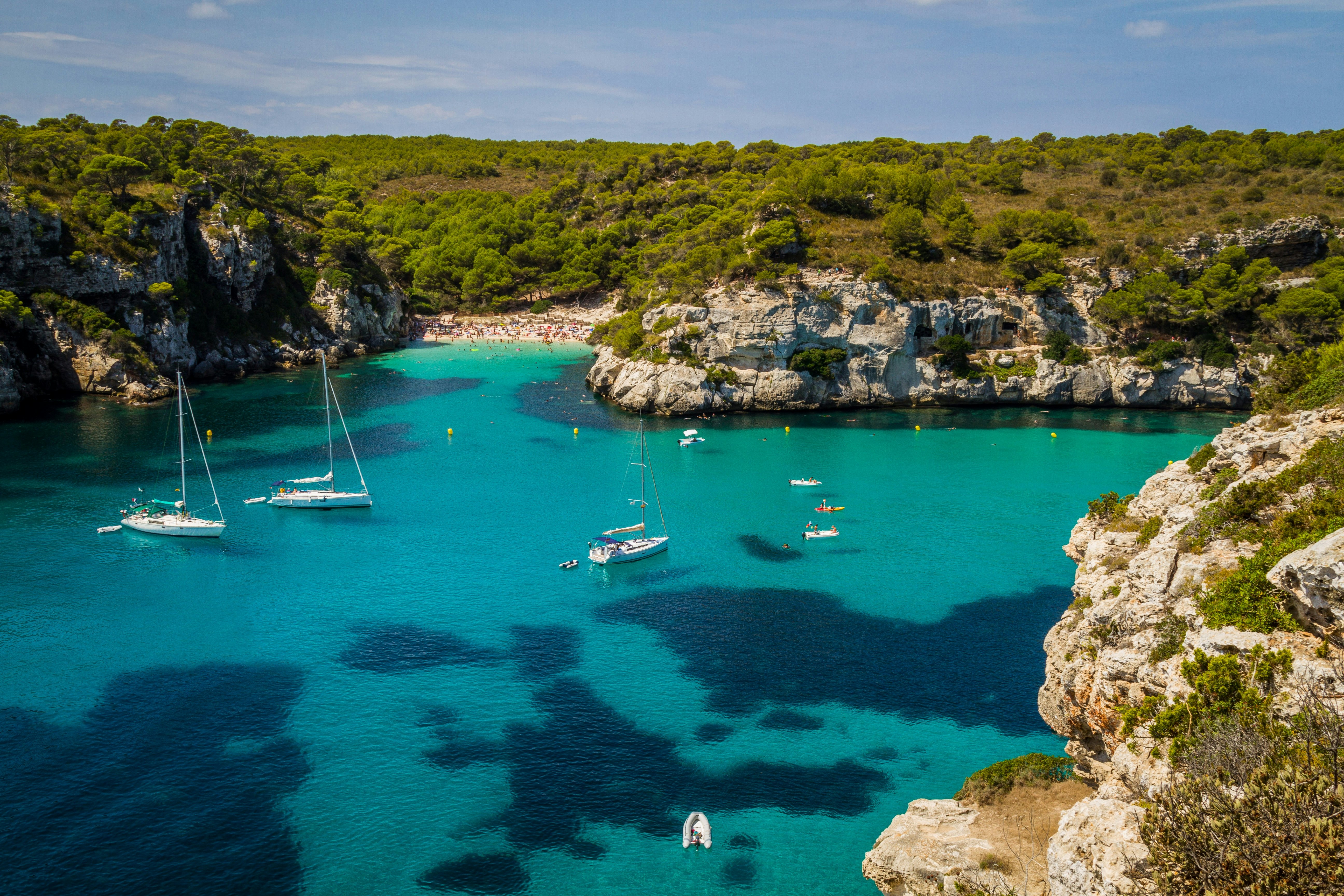
4. Hit Menorca’s stunning beaches
Menorca is renowned for its gorgeous beaches. Their paper-white sands and jewel-blue waters are some of the Balearics' best, and authorities have taken measures to preserve their natural beauty.
Along with teeny Cala Macarelleta, the pair of exquisite horseshoe bays, Cala Macarella and Cala Turqueta, 13.5km southwest of Ciutadella, get very busy in summer for their unbelievably turquoise waters and cliffs cloaked in pines and holm oaks. Set off at dawn to get parking, or take one of the frequent buses from Ciutadella. It’s a lovely 2km clifftop walk between the two via Cala des Talaier (accessible only on foot).
Twin white-sand beaches, Banyuls and Bellavista, make up Platges de Son Saura, 12km southeast of Ciutadella. They're popular for their easy(ish) access (5-minute walk) and raw natural beauty. Bellavista is best for swimming; Banyuls is covered with posidonia seagrass.
Near Maó, there’s a long sweep of sand at Sa Mesquida that is reached via a track down scrubby hills, while the very shallow waters of Platja des Grau 10km north of Maó are suited for families; Platja de Punta Prima is an ideal place to go when the north wind is blowing – it’s 9km south of Maó. About halfway along the north coast, Platja de Binimel·là is a dark-sand half-moon bay and part of a protected marine reserve. Also part of the protected marine reserve, Cala Pregonda is a maze of rocky outcrops and coves with stunning snorkelling.
Planning tip: You'll usually need your own wheels to reach these beaches, and then you often park and walk the final 1–3km. Car parks are small and fill up quickly in high season.
5. Drive Menorca's northern cape
Reach the island's cliff-edged northernmost point, Cap de Cavalleria, on a spectacular drive across a rocky, otherworldly landscape that unfolds beyond gently rolling hills. Crowning its northernmost tip are the 1857 Far de Cavalleria and crumbling civil-war Republican gun emplacements.
Take a dip at nearby Cala Rotja, Platja de Cavalleria or Platja de Ferragut.
Detour: To get a great aerial view of the cape, ascend to Mirador Cim del Toro, just outside of Es Mercadal.
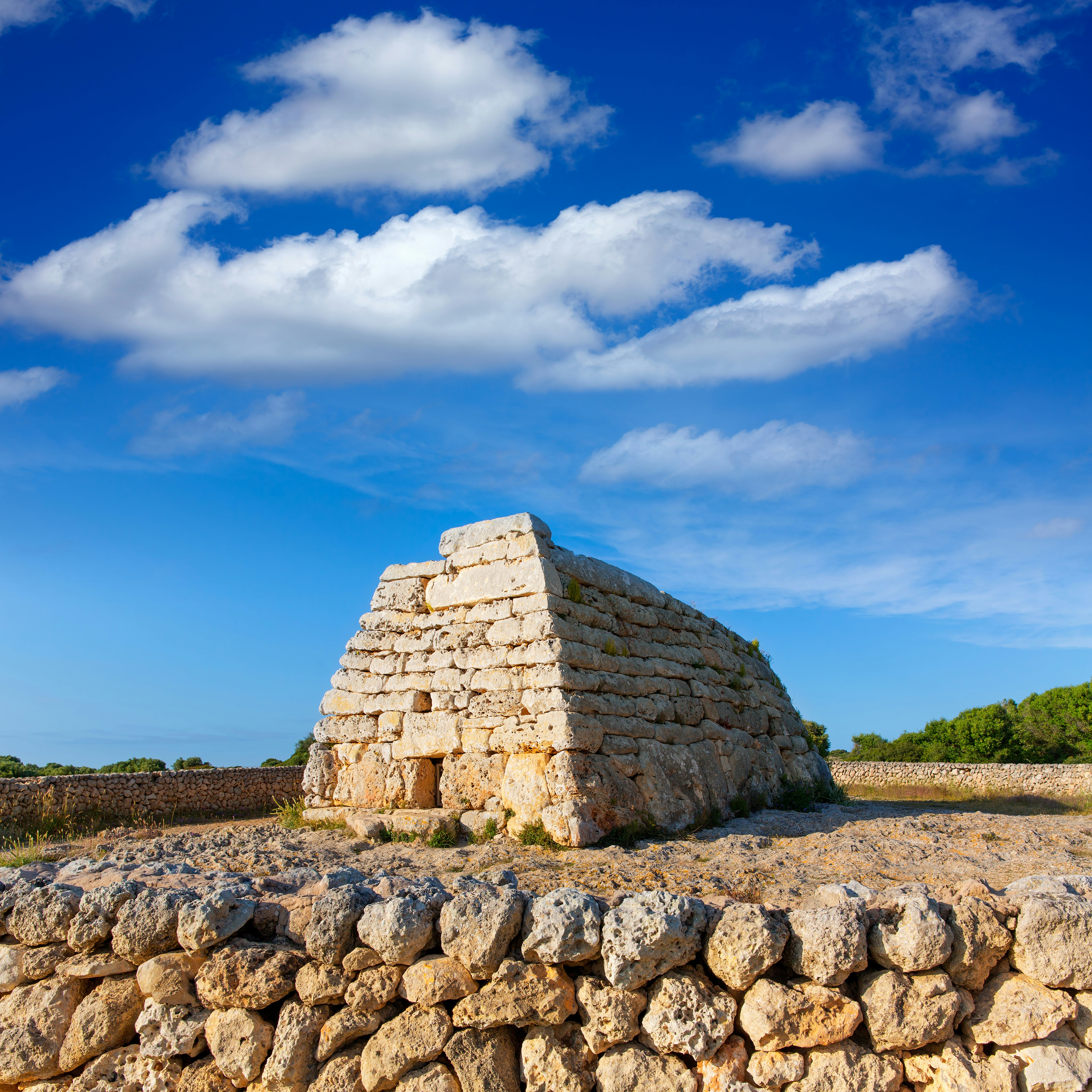
6. Discover Menorca's prehistoric ruins
Now known as the Talayotic people because of their talayots (watchtowers), usually built without the use of mortar, these Bronze and Iron Age inhabitants of southern Europe left behind so many funeral mounds, settlements and religious sites that Menorca has one of the densest concentrations of megalithic ruins in Europe.
If you visit only one of Menorca's Talayotic sites, make it Torre d’en Galmés, the largest and best-preserved. Stop by the small information center (Centre de Recepció Torre d’en Galmés) for a 10-minute video, then wander freely across the site (marked with excellent informational plaques), with its three hilltop talayots (tower-like stone structures), circular dwellings, deep underground storage chambers and sophisticated water-collection system.
The roots of wild olive trees force apart the weathered stones of a large central talayot at Talatí de Dalt, 4km west of Maó. The settlement was inhabited from around 1000 BCE to the 2nd century BCE.
Northwest of Maó, Torralba d’en Salord dates back to 1000 BCE. The standout feature is its impressive 4th century BCE taula (table).
The largest Talayotic settlement in the Balearics, Son Catlar covers around 6 hectares with five talayots, ruined dwellings and impressively preserved 2m-thick walls. From Ciutadella's ring road, follow “Platges” signs, and you'll spot it on the east side of the road toward the Platges de Son Saura.
You'll also find Menorca's best-preserved stone burial chamber around 6km east of Ciutadella. Naveta des Tudons contained the remains of over 100 individuals, most dating from the 9th century BCE.

7. Marvel at Menorca's capital Maó (Mahón)
Sitting on the world's second-largest natural harbor (5km long), Maó (Mahón) is an unusual blend of Anglo and Spanish characteristics. It has been Menorca's capital since the British moved it here from Ciutadella in 1713, and the influence of their almost-100-year presence (the island reverted to Spanish rule in 1802) is evident in the city's distinctive architecture, traditions and culture.
Take in an organ concert (most summer days) at 13th-century Església de Santa Maria, right in the heart of the old town. The church was largely rebuilt in the 18th century and its triple-layer, neo-Gothic organ has four keyboards and 3210 pipes.
Get a dose of Menorcan history and culture at Ca n'Oliver, an exquisitely restored 18th-century mansion that houses art, fine furnishings and a superb map collection. Look for wonderful painted-canvas ceilings, the mural-adorned grand staircase, and climb the tower for fantastic views across Maó.
8. Soak in the art and music of Illa del Rei
From April to October, spend a few hours at Maó’s newest, and arguably top, cultural attraction, Illa del Rei, an islet near the mouth of the harbor. Dominating the island, an 18th-century, English-built naval hospital has been renovated into an impressive cultural center which opened in 2021 with high-season exhibitions at marquee gallery Hauser & Wirth, dance performances and concerts. You can also take a guided tour of the hospital.
Planning tip: Check the website for schedules and boats (which run frequently from docks below the old town). Yellow Catamarans also does harbor cruises.
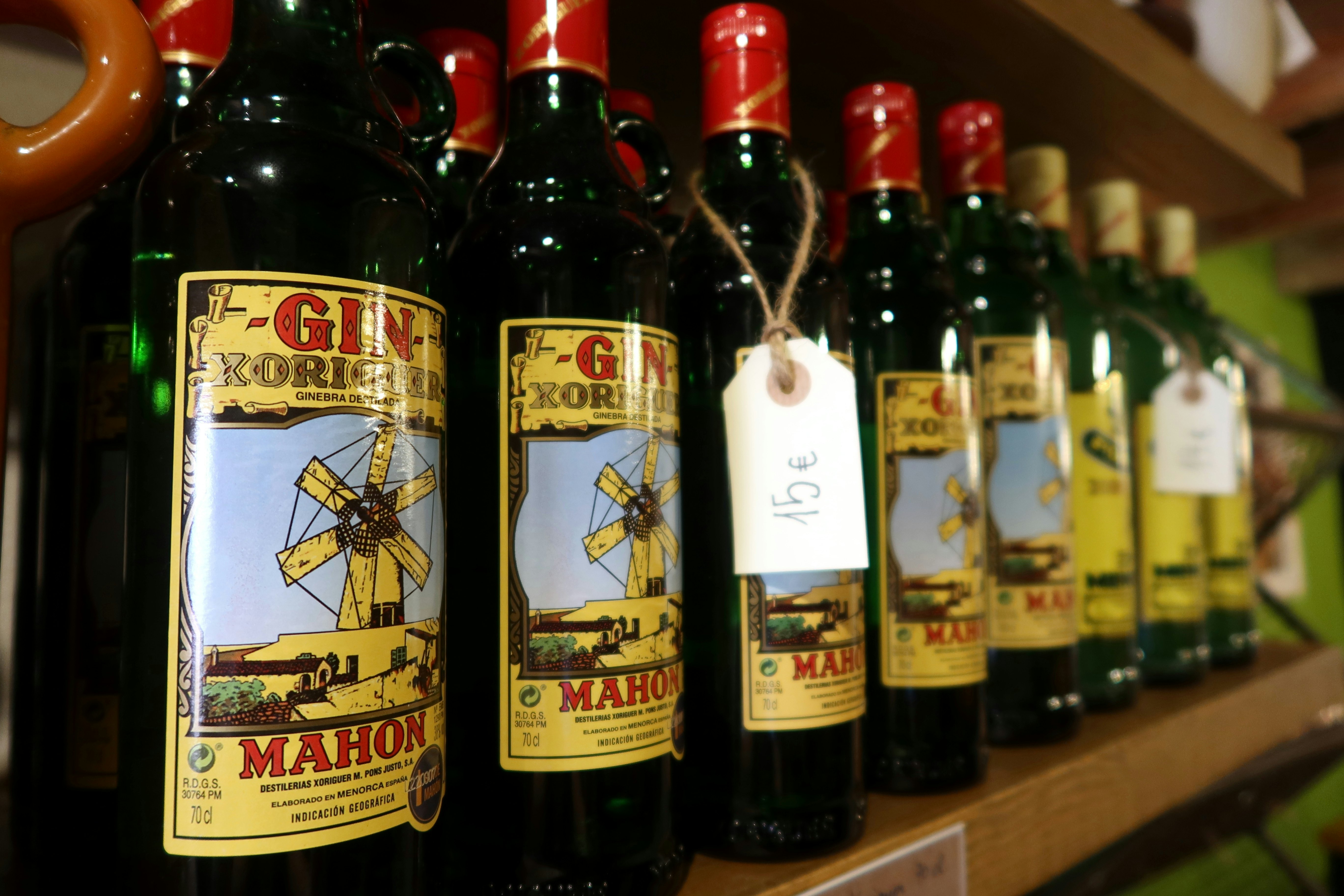
9. Tour the Xoriguer Gin Distillery
One of the legacies of the British colonization of the island is the renowned aromatic Gin de Mahón. Take a tour and try a few at portside Xoriguer Gin Distillery.
You can also try a shot of various liqueurs, such as chamomile-based Hierbas de Menorca; Palo with its bitter gentian flavor; Calent, cinnamon-scented and traditionally served hot; or a Menorcan speciality, pomada (gin-and-lemonade mix).
10. Spot migrating birds
Menorca is considered one of the best birdwatching sites in the western Mediterranean. Low population density, unexploited habitats and its position on migration corridors ensures plenty of feathered interest. Top places to go include Parc Natural S'Albufera des Grau, a protected lagoon and haven for wetland birdlife (including coots and fish eagles), Lilford's wall lizards and Hermann's tortoises. Bird hides are available and you’ll see Far de Favàritx in the distance. On the south coast, Prat de Son Bou is a wetland with diverse birdlife, including purple heron and little bittern. And Salt Marshes of Addaia & Fornells are an important stop-off for spring migratory birds and home to flamingos.
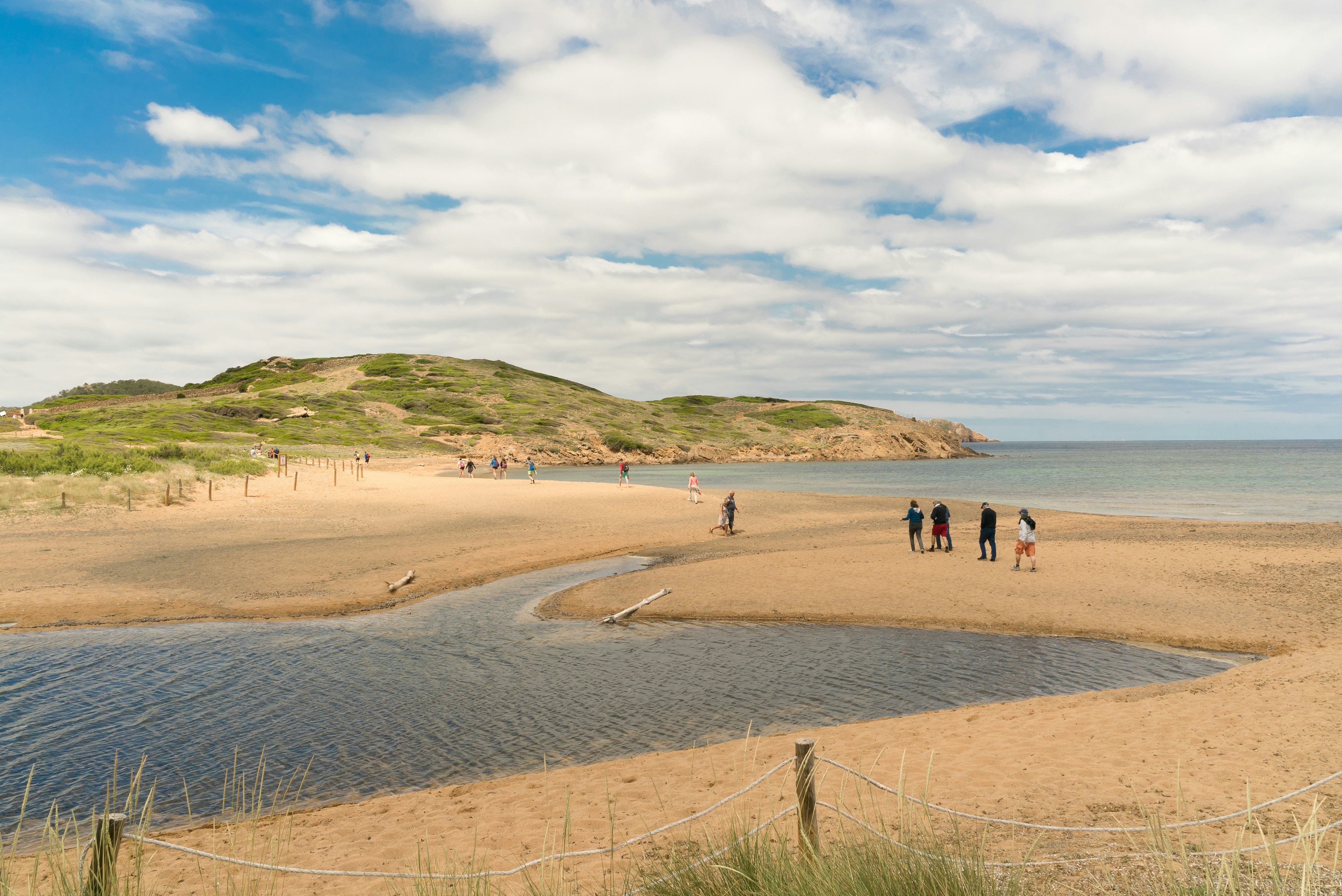
11. Hike the Camí de Cavalls (Path of Horses)
The mystery-shrouded Camí de Cavalls (Path of Horses) loops 186km around the entire length of Menorca's coast. Connecting watchtowers, cannons and fortresses, it's believed to have been built in the 13th or 14th century to enable horseback patrols along the coastline and protect the island from sea invasions.
After years spent buried under scrub, the trail has been cleared and turned into a public footpath (GR223). It takes between 7 and 10 days to hike, or you can do one of the 20 stages (5km to 14km each; outfitters can drop you off).
Planning tip: Accommodation isn’t always available at the end of each stage, meaning careful preplanning and booking is required.
This article was adapted from Lonely Planet’s Spain guidebook, published in February 2025.











